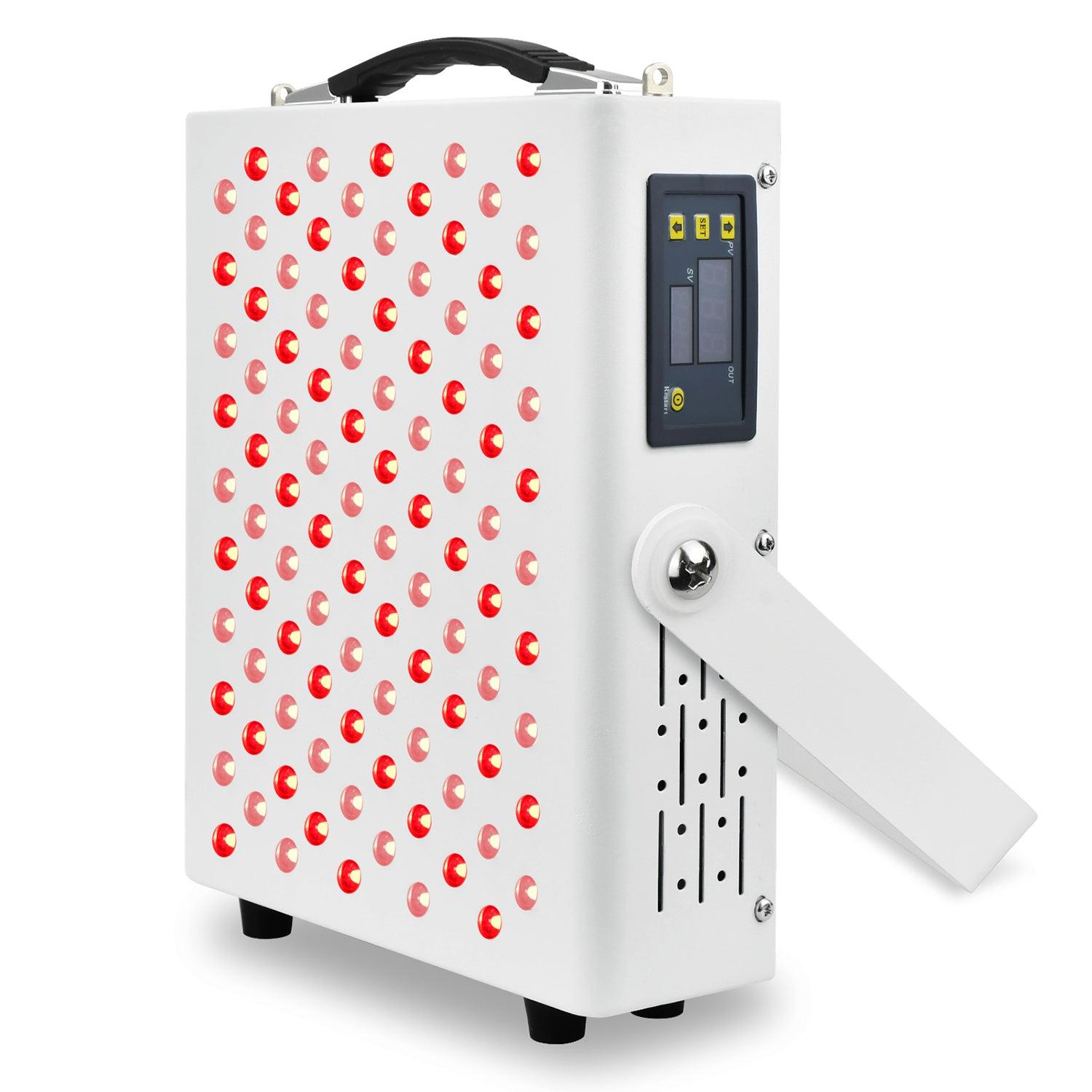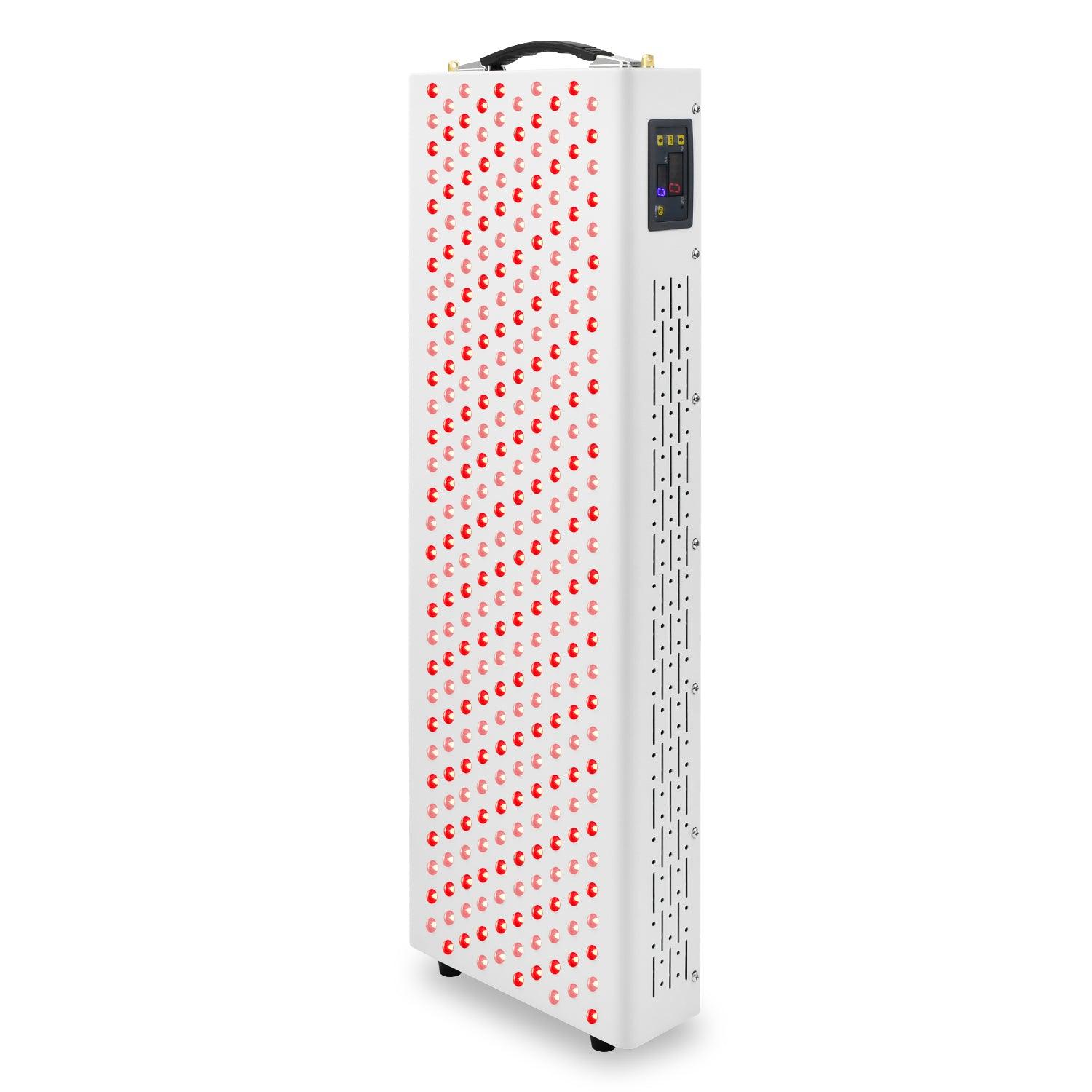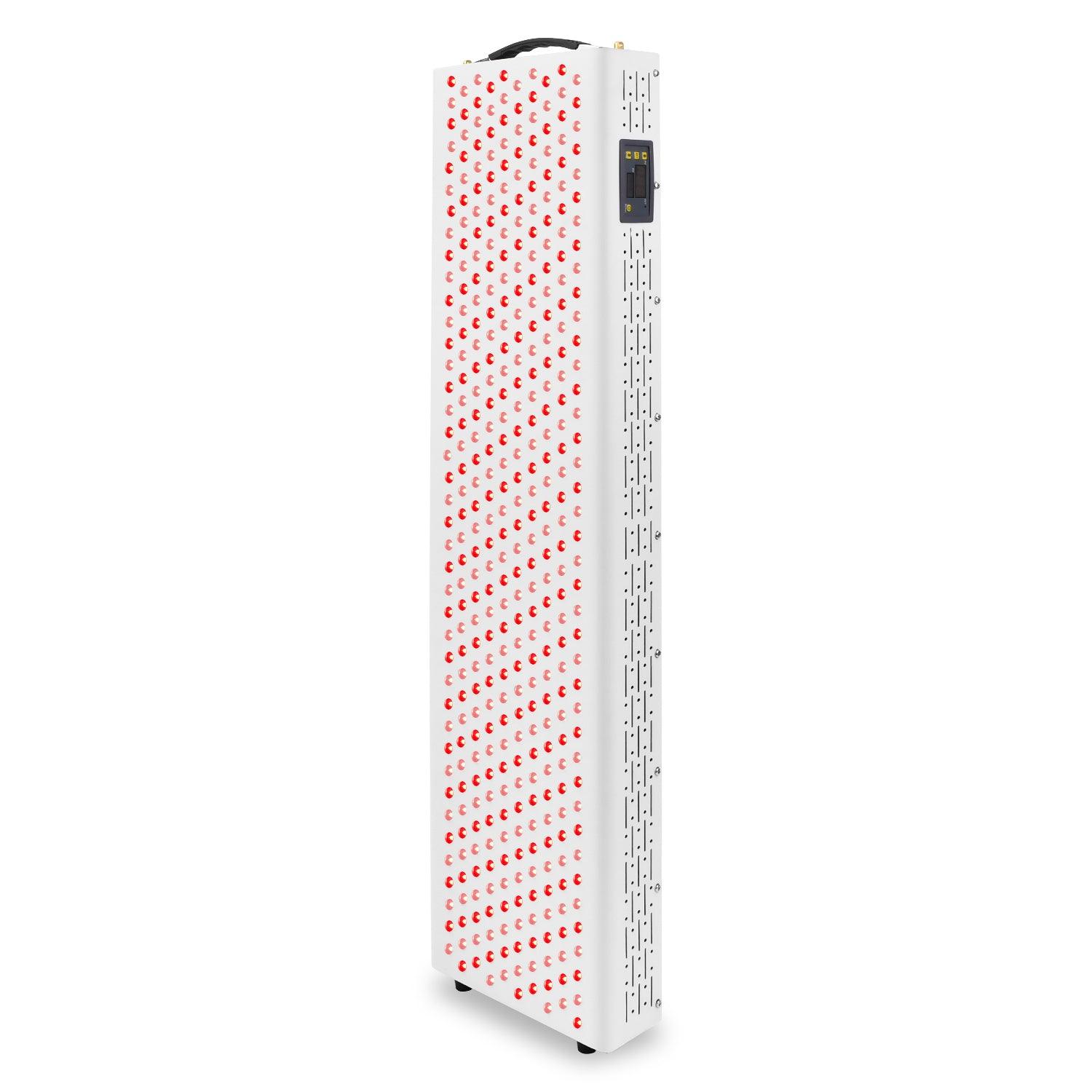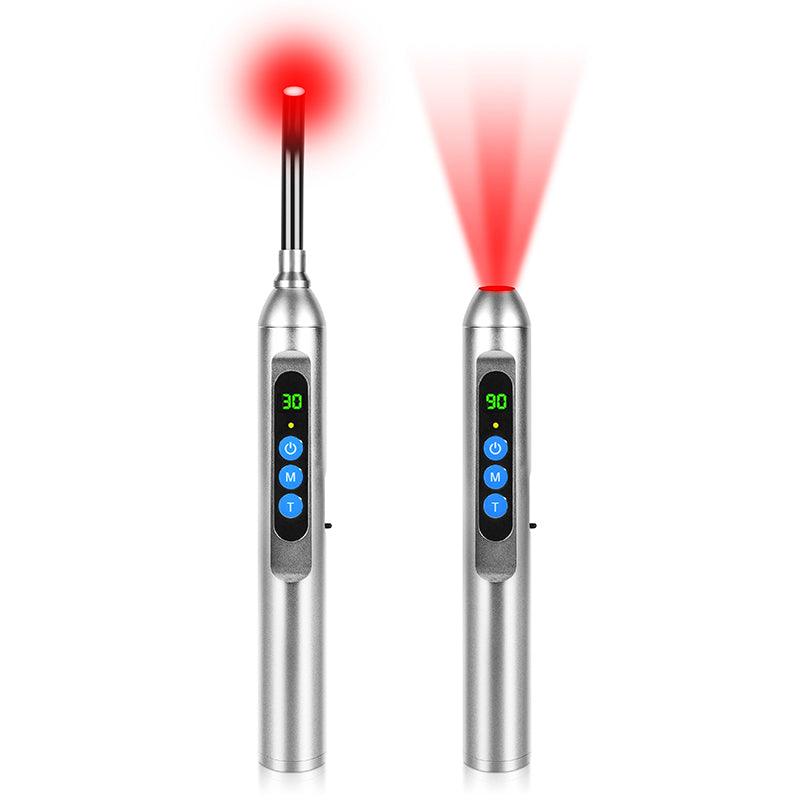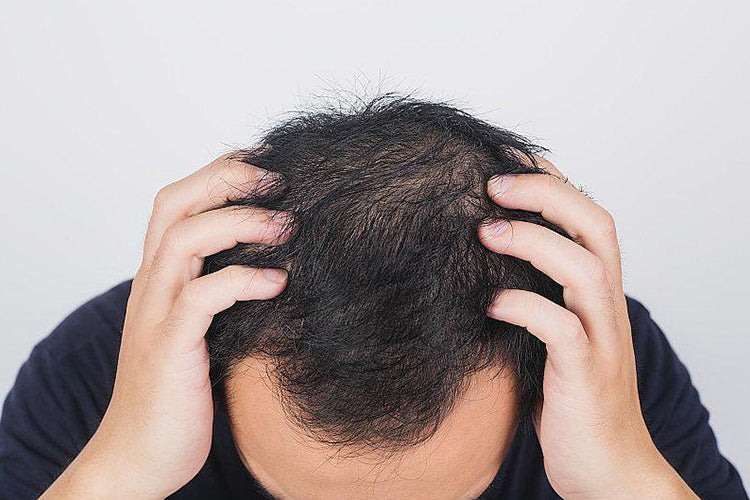Chemotherapy-induced hair loss, also known as chemotherapy-induced alopecia, is a common side effect of many cancer treatments. The main reason chemotherapy causes hair loss is its impact on rapidly dividing cells, which includes both cancer cells and certain healthy cells, such as those in the hair follicles. Here's a more detailed explanation:
Cell Division Inhibition:
Chemotherapy drugs are designed to target rapidly dividing cells, which is a hallmark of cancer cells. Unfortunately, other rapidly dividing cells in the body, including those responsible for hair growth, are also affected.
Hair Growth Cycle Disruption:
Hair follicles go through a continuous cycle of growth, rest, and shedding. Chemotherapy disrupts this cycle by inhibiting the division of cells in the hair matrix, the area responsible for new hair growth.
Anagen Effluvium:
The type of hair loss caused by chemotherapy is often referred to as anagen effluvium. Anagen is the active growth phase of the hair cycle. Chemotherapy accelerates the entry of hair follicles into the resting (telogen) phase, leading to hair loss.
Not All Chemotherapy Drugs Cause Hair Loss Equally:
Different chemotherapy drugs have varying effects on hair loss. Some drugs cause complete hair loss, including body hair, while others may only result in thinning or partial loss.
Reversibility:
The hair loss caused by chemotherapy is usually reversible. Once the chemotherapy treatment is completed, the hair follicles can gradually recover, and hair growth resumes. However, the regrowth process may take several months.
Individual Variation:
The degree of hair loss can vary among individuals. Some people may experience complete hair loss, while others may only have partial hair thinning.
It's important to note that not all chemotherapy drugs cause hair loss, and the severity can depend on the specific drugs used, the dosage, and the individual's response to treatment. While hair loss can be emotionally challenging, it's often a temporary side effect, and many people experience regrowth after the completion of chemotherapy. Patients undergoing chemotherapy are encouraged to discuss potential side effects, including hair loss, with their healthcare team to better understand what to expect and to explore options for coping with these effects.


